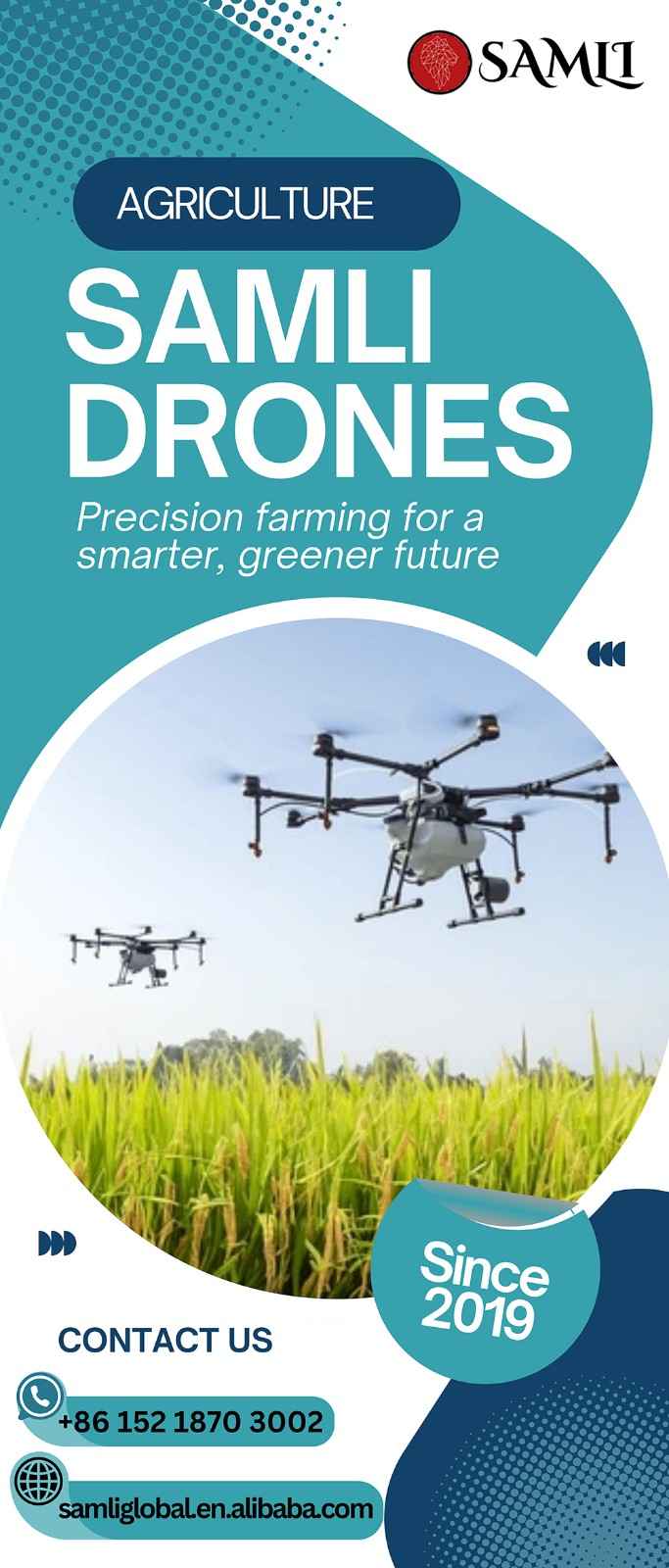The Role of Haptic Feedback in Advancing Wearable Technology
The field of wearable development has grown significantly in recent years, evolving from basic fitness trackers to sophisticated, multi-functional devices that support health, safety, communication, and more. Among the most innovative features now being integrated into wearables is haptic feedback—a technology that enables devices to communicate through the sense of touch. As wearable technology continues to advance, haptic feedback is becoming a key tool in improving user experience and functionality.
What is haptic feedback in wearables?
Haptic feedback refers to the use of tactile signals—typically vibration or pressure—to convey information to the user. In the context of wearables, this can mean anything from a gentle buzz to signal an incoming alert, to directional cues for navigation, or even continuous feedback on posture or physical performance.
Unlike visual or auditory notifications, haptic signals can provide discreet, real-time communication without interrupting the user’s focus. This makes them especially valuable in environments where attention needs to remain on the task—such as in military, medical, or sports applications.
Integrating haptic feedback into wearable development
Designing effective haptic feedback systems requires a multidisciplinary approach. Engineers, designers, and researchers must work together to understand how the human body perceives tactile signals and how those signals can be used intuitively in specific contexts. Placement of the haptic actuators on the body, signal patterns, and timing all influence how effectively a user interprets the feedback.
In wearable development, the challenge lies not only in creating a responsive and accurate haptic system, but also in integrating it seamlessly into textiles or devices that are worn for extended periods. This includes selecting soft, flexible materials that house electronics without sacrificing comfort or performance.
Practical applications and innovations
Haptic feedback wearables have already been successfully developed for a wide range of applications. Examples include posture-correction shirts that vibrate when the wearer slouches, smart navigation belts for visually impaired individuals, and tactical vests for soldiers that deliver silent directional cues during missions.
These applications demonstrate how wearable development is not only about tracking data but also about enabling real-time, user-friendly interaction—often without requiring a screen or spoken command.
Conclusion
Wearable development is rapidly expanding in scope, with haptic feedback wearables playing a crucial role in enhancing usability, safety, and communication. By tapping into the power of touch, developers are creating wearables that go beyond data tracking to deliver meaningful, intuitive experiences. As this technology matures, haptic feedback is likely to become a standard feature in the next generation of smart wearables.



